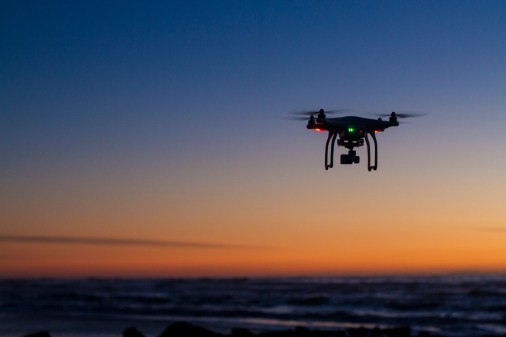Defense budget offers few details on innovation
The Pentagon urged Congress Monday to get behind President Barack Obama’s $534 billion baseline defense budget proposal, warning that any reduction in funding below that request would make the risk to the national defense strategy unmanageable and future modernization all but impossible.
The administration’s budget proposal is nearly $35 billion above the mandatory spending cuts called for under the Budget Control Act of 2011 — known as sequestration. Still, even at that level, officials warned it will be challenging for the department to keep up with current operations while simultaneously trying to recover from more than a decade of war, reorganizing for a strategic pivot to the Asia-Pacific region and investing in modern technologies to defeat potential future adversaries.
Deputy Secretary of Defense Bob Work, who presides over the department’s Defense Innovation Initiative, characterized the budget proposal as the “best balance of ends, ways and means that we could possibly achieve.” The budget presents “manageable” risks to the national defense strategy, as outlined in the 2014 Quadrennial Defense Review, he said.
“Any reduction in funding below what is in the president’s budget … will make the overall risk to the strategy unmanageable,” Work said. And even at the funding levels in the president’s request, defending the nation against emerging threats and preparing for future technologically sophisticated adversaries “remains extremely challenging,” he said.
“It’s a constant Rubik’s Cube. This is a deferred modernization problem,” Work said. “We have three years of built up demand on modernization that we haven’t been able to get to.”

The high-level breakdown of the fiscal year 2016 Defense budget proposed by President Barack Obama. (Defense Department/White House)
Joint Chiefs Vice Chairman Adm. James Winnefeld echoed Work’s warning. “We have little margin left for error or strategic surprise,” Winnefeld said, referring to the military’s ability to respond effectively to unforeseen events or adversary capabilities. “Potential adversaries are eroding our technical advantages.” And unfunded changes to the budget by Congress would be the same as a reduction, ushering in sequester-level funding that would likely force a recasting of the national defense strategy, Winnefeld said.
Budget documents show an increase of $6.3 billion in research, development, testing and evaluation compared to last year. But the proposal offers few details on how much money the Pentagon plans to invest in the Defense Innovation Initiative or what specific programs might be covered. And when reporters pressed Defense Department Comptroller Mike McCord for those details, he offered little in the way of an answer.
While the “budget reflects an increased emphasis on innovation … we have not attempted to put a [dollar] figure on innovation,” McCord said. “It’s not only about money but a way of thinking.”
The funding details that were made available show that the Pentagon plans to invest $5.5 billion for cyber capabilities enhancements and $821 million for additional MQ-9 Reaper drones.






